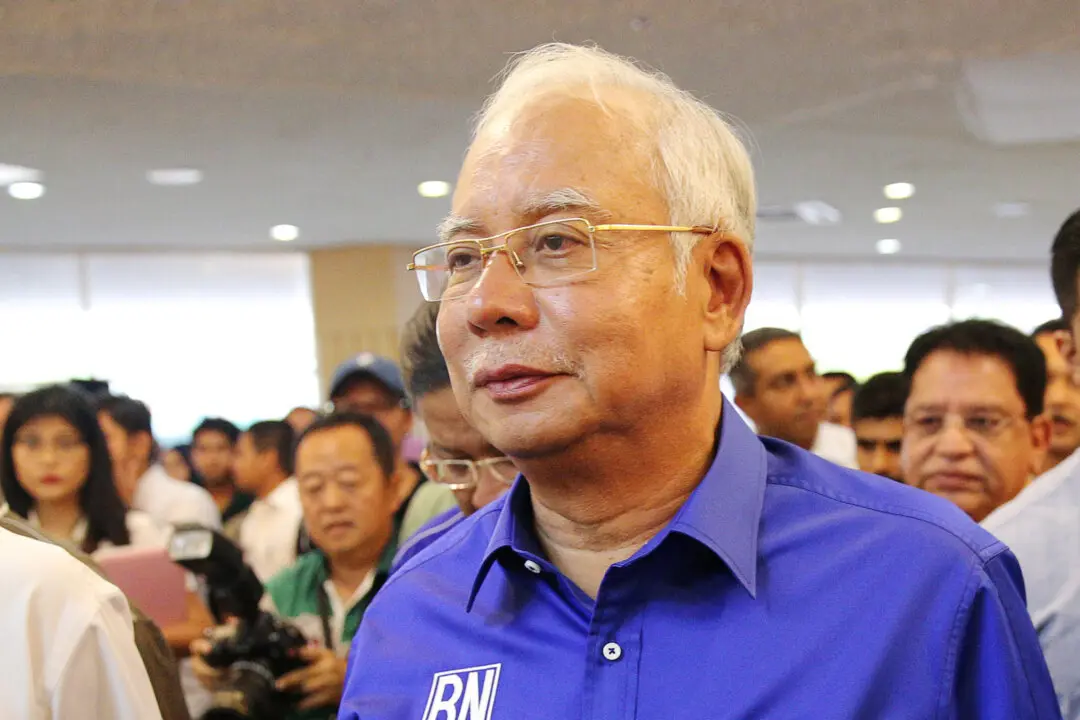WELLINGTON—New Zealand’s intelligence agency has rejected a telecom company’s request to use 5G mobile network equipment provided by China’s Huawei Technologies Co. Ltd., citing concerns about national security.
Telecommunications services provider Spark New Zealand Ltd., which made the request, said Nov. 28 that it would review the reasoning before considering any further steps.





